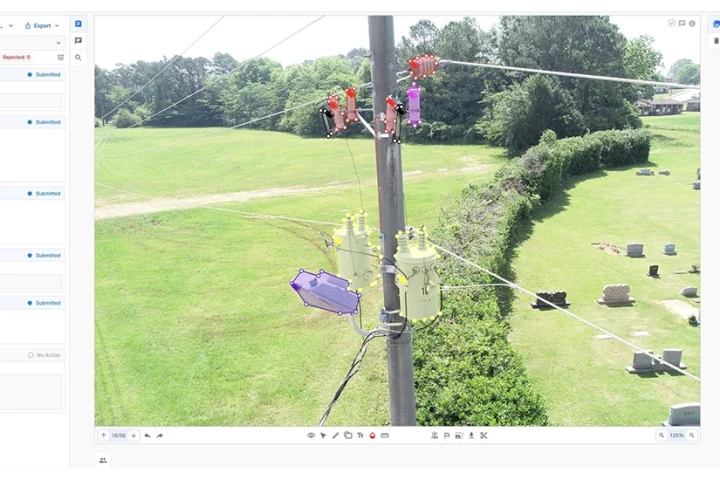Infovista, a global vendor in network lifecycle automation, announced availability of its Artificial Intelligence Model, the world’s first commercially available AI-based propagation model that changes the way wireless networks can be planned and optimised.
Infovista’s AIM has been built around state-of-the-art machine learning frameworks such as TensorFlow to focus on training and inference of deep neural networks. The project utilised over 10 million data points collected by the company during the last 15 years and spans multiple sub-6 GHz and millimetre wave bands, geographic locations, antenna heights, weather conditions, seasonal foliage variations and hundreds of additional variables – across urban, mixed and rural environments.
The AI-model predictions have been extensively validated against real-world measurement sampling data and are proven to deliver network plans that are 25% more accurate compared to those delivered using traditional propagation models. The initial testing shows that this improved accuracy translates into up to 20% CAPEX savings when it comes to radio site investments.
AIM avoids labour-intensive and repetitive calibration and parameter manipulation. It fully fits with the Network Lifecycle Automation vision of Infovista that aims to expand the reach of automation beyond network and service operations, into planning, testing and deployment, and reporting and monetization.
AIM is embedded into Infovista’s award-winning Planet software, which also includes an integrated feed of crowdsourced subscriber-centric data available in all geographies. Combining both provides mobile operators with higher accuracy and more efficient network planning workflows.
“Operators are at different stages within the 5G rollout, but the majority are still faced with the massive task of selecting, testing and commissioning new sites,” says Régis Lerbour, VP Product & R&D, RAN Engineering at Infovista. “Our AI-based propagation model, successfully presented to our customers, is, by design, cloud-ready and scalable to increase agility and the ability to adapt the network more dynamically, thus offering a way to automate and accelerate the planning and roll-out of 5G networks.”
“Over time the combination of AIM with crowdsourced data will mean the new platform will enable operators to fully automate network planning thus allowing them to deploy in new frequency bands faster than ever,” Régis Lerbour adds. “Automated data collection and processing contribute to significantly reducing the cost of propagation model calibration and optimizing drive testing, helping accelerate 5G deployments to new levels.”
























